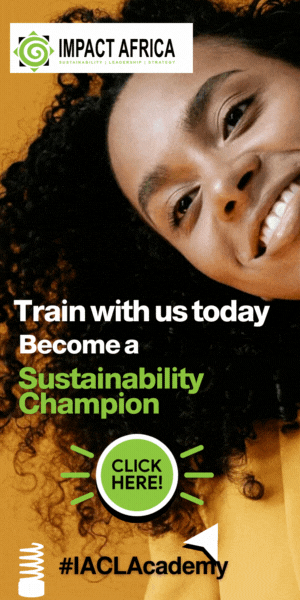In the global push for sustainable development, one of the most profound truths is that real progress cannot be made without the active participation of those affected. Stakeholder engagement is the cornerstone of every meaningful and lasting change. It is not just a technical process or a checklist to be ticked off. It is fundamentally the fabric that binds together diverse communities, businesses, governments, and organizations in the shared pursuit of a better world.
Sustainable development is about more than just environmental protection or economic growth; it is about creating a harmonious balance between social, economic, and ecological dimensions. This can only be achieved when everyone involved—those who create policies, those who are impacted by them, and those who can help shape solutions—are actively engaged in the process. Stakeholder engagement ensures that sustainable development is not just about targets and goals, but about human lives, their stories, their struggles, and their dreams for the future.
To engage stakeholders effectively is to open the door to a vast reservoir of knowledge, wisdom, and lived experience. Imagine a development project aimed at conserving biodiversity in a remote village. The local community, who may have been living in harmony with nature for generations, holds insights that external experts may not fully grasp. Their intimate understanding of local ecosystems, traditional farming methods, and the social structures that support them can provide invaluable input into creating solutions that are not only effective but also culturally appropriate. By engaging these stakeholders, we ensure that the solutions are grounded, and more importantly, that they will have the necessary local support for long-term success.
But stakeholder engagement is about more than just gathering information. It is about building trust. Trust is an essential but fragile ingredient in any sustainable development initiative. When stakeholders are engaged in a transparent and meaningful way, they feel valued and respected. They are more likely to take ownership of the project and to become advocates for its success. This sense of ownership is critical because it turns passive beneficiaries into active participants. The local community, once skeptical of outside intervention, becomes a guardian of the very changes they once feared, because they have played a key role in shaping them.
Read also: Stakeholder engagement in governance and policy making
Incorporating stakeholder engagement into sustainable development is not always straightforward. It requires time, effort, and, most importantly, a genuine commitment to listening. Too often, stakeholder engagement is seen as a mere formality—something to check off a list before proceeding with a predetermined plan. But when it is done right, it can be transformative. It can turn resistance into cooperation, conflict into collaboration, and apathy into enthusiasm.
Consider the case of businesses. In recent years, more companies have recognized the value of integrating sustainability into their operations, not just as a moral imperative but as a business strategy. However, to do this effectively, they must engage a wide array of stakeholders, from employees and customers to investors and local communities. Employees, for example, may have ideas on how to reduce waste or improve energy efficiency in ways that management has not considered. By involving them in sustainability efforts, businesses not only gain valuable insights but also foster a sense of shared purpose that can boost morale and productivity.
Stakeholder engagement also plays a critical role in managing risk. In today’s world, where environmental and social challenges are becoming more complex and interconnected, businesses, governments, and communities must navigate a landscape of uncertainty. Engaging with stakeholders allows for a more comprehensive understanding of the risks and opportunities that lie ahead. It helps identify potential conflicts early on, whether they be with local communities, regulatory bodies, or environmental groups, and provides a platform for resolving these issues before they escalate. In this way, stakeholder engagement can act as a safeguard, ensuring that sustainable development initiatives do not just achieve their immediate goals but are resilient in the face of future challenges.
Moreover, effective stakeholder engagement has the power to inspire. It creates a shared vision for the future—one that is rooted in collective action and mutual responsibility. When stakeholders come together, when they share their stories, their hopes, and their fears, something remarkable happens. A farmer in Kenya, a business executive in New York, and a government official in Paris may seem worlds apart, but through stakeholder engagement, they become part of the same story. They become part of the same solution.
In the end, the role of stakeholder engagement in sustainable development is about recognizing that the solutions to the world’s greatest challenges do not come from any single person, group, or organization. They come from all of us. Sustainable development is, at its core, about people—their well-being, their futures, and their shared planet. Stakeholder engagement ensures that no one is left behind in the pursuit of a more sustainable world. It is the lifeblood of progress, the bridge that connects vision to reality, and the force that transforms abstract goals into real, tangible change. Through stakeholder engagement, we build not just a sustainable world but a just and inclusive one where every voice matters, and every action counts.





